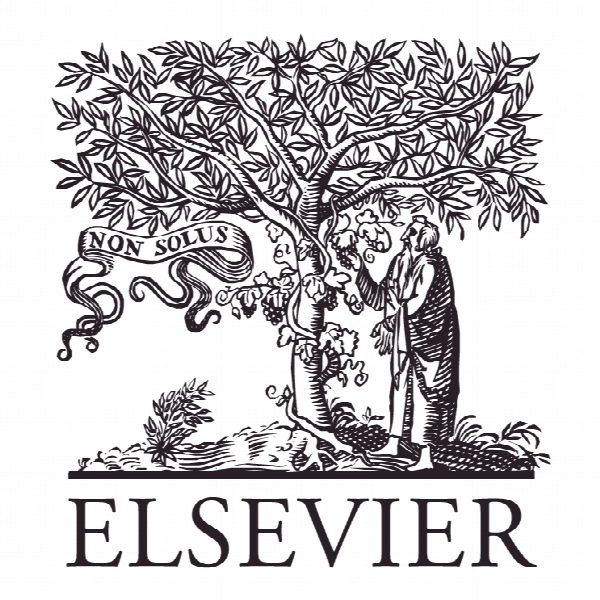تقاضای لرزه ای سازه نامنظم پایه جداقرار گرفته در معرض ضربه زلزله Seismic demand of base-isolated irregular structures subjected to pulse-type earthquakes
- نوع فایل : کتاب
- زبان : انگلیسی
- ناشر : Elsevier
- چاپ و سال / کشور: 2018
توضیحات
رشته های مرتبط مهندسی عمران
گرایش های مرتبط سازه، زلزله
مجله دینامیک خاک و مهندسی زلزله – Soil Dynamics and Earthquake Engineering
دانشگاه Dipartimento di Ingegneria Civile – Università della Calabria – Italy
منتشر شده در نشریه الزویر
کلمات کلیدی انگلیسی Pulse-type earthquake, Forward-directivity effect, Near-fault area, Wavelet analysis, Fixed-base irregular structures, Retrofitted base-isolated structures, Elastomeric and sliding bearings, Nonlinear dynamic analysis
گرایش های مرتبط سازه، زلزله
مجله دینامیک خاک و مهندسی زلزله – Soil Dynamics and Earthquake Engineering
دانشگاه Dipartimento di Ingegneria Civile – Università della Calabria – Italy
منتشر شده در نشریه الزویر
کلمات کلیدی انگلیسی Pulse-type earthquake, Forward-directivity effect, Near-fault area, Wavelet analysis, Fixed-base irregular structures, Retrofitted base-isolated structures, Elastomeric and sliding bearings, Nonlinear dynamic analysis
Description
1. Introduction First the detrimental effects of pulse-type near-fault ground motions on structural response are recognized in [1–4]. Next, near-fault ground motions worldwide (e.g. Chi-Chi in Taiwan, Northridge in U.S.A. and Kobe in Japan to name a few) exhibiting high-amplitude and longperiod velocity pulses raise concerns about the reliability of the baseisolation as control system of existing framed buildings [5–8]. Ampli- fication in the inelastic demand of the superstructure and large displacement at the base are generally expected for base-isolated structures located in the near-fault area [9,10], making it difficult and expensive to design optimal solutions [11,12]. In particular, forward directivity effects tend be maximum along the fault-normal direction, referring to the horizontal ground-motion components [13], although pulse-type earthquakes are also observed in different orientations [14]. However, not all near-fault ground motions experience pulse-type effects along with false-negative classifications that can occur when only one potential pulse is considered [14–16]. Moreover, the pulses caused by directivity effects arrive early in the velocity time history but pulsetype ground motions can be also caused by soft-soil effects. Finally, seismic sequences in near-fault area recorded during recent earthquakes in central Italy (i.e. L′Aquila in 2009 and Rieti in 2016) focus attention on the residual deformations of r.c. framed structures [17–19], giving rise to an interest in the retrofitting of existing structures with baseisolation systems to limit the accumulation of damage. Coupled torsional-translational response of asymmetric-plan framed buildings adversely affects the nonlinear seismic behaviour, which results in irregular concentration of inelastic demand leading to structural collapse. Base-isolation is generally considered an effective means of reducing asymmetry if the stiffness (CS) and strength (CST) centres of the isolation system are directly under the centre of mass (CM) of the superstructure [20,21]. Significant sources of torsional motions in elastomeric [22] and sliding [23] base-isolated structures are the stiff- ness eccentricity (i.e. the distance between CS and CM) and the lateral and torsional flexibility of the superstructure. Mass-eccentric rather than stiffness-eccentric superstructures produce torsional amplifications [24], while an eccentric isolation system may adversely affect its effectiveness since the maximum displacement is increased [25]. Moreover, the maximum amplification of the response occurs at the stiff or flexible edge for torsionally flexible or rigid base-isolation systems, respectively [26]. Finally, by observing the nonlinear behaviour of the superstructure one founds that CS≡CST≡CM is convenient only for accommodating torsional effects in the base isolation system but might cause more damage in the flexible side of the superstructure [27]. On the other hand, elastomeric and sliding bearings may suffer from tension or uplift, respectively, accompanied by large horizontal shear strain under violent near-fault earthquakes. Specifically, overturning moments during seismic excitation can induce undesirable tensile forces in elastomeric bearings [28,29] or uplift in sliding bearings [8,30], which are amplified when the height-width ratio of the superstructure is large or in-plan irregularity is considered.


